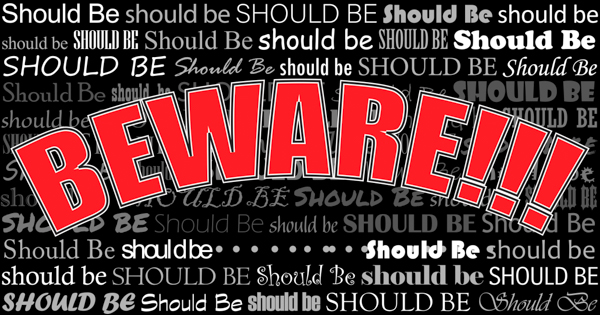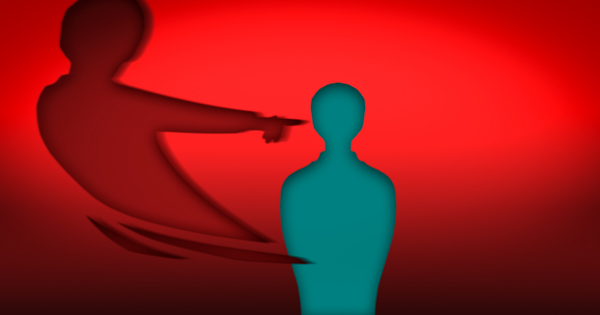Let’s break down this overused expression. When someone explains how something “should be” with reference to a situation that is not working as it “should be”, “should” takes on a meaning that indicates correctness or what is expected as determined by a personal assessment, and “be”, the base verb from which we get “is”, indicates an evaluation of trueness or equaling true. This personal determination of expected trueness can create a faulty logic loop that disregards reality.
“Should Be” is a common everyday phrase that can trap you or your client in cycles of inaction or inappropriate action when trying to overcome complex problems.
How does this happen?
One way could lie in how we interchangeably use “is” and the mathematical term “equals”. In math, if A + B = C, then C is the only true answer. “Equals” in math has a very rigid use. And, when children are young, math problems are usually verbally constructed using “is” instead of “equal”, as in, “How much is one plus two?” The conflating of these two terms can give “is” more power than it often deserves to influence decision making.
Because of the inordinate amount of power “is” has come to possess, a phrase like “We do this thing because it is right.,” can justify any atrocity committed in the minds of a populous when spoken by its leaders.
Similarly, “should be” thinking can lull us into believing that our often incomplete and/or over-simplified understanding of a situation is actually a complete and detailed representation of the situation. “Should be” so easily and often allows us to ignore reality and continue to seek positive results by repeating failed strategies. For example, how often have you heard someone say, “I’m doing all the right things, I eat right and exercise, I should be losing weight, but I’m not.” The power of “should be” here validates everything in the beginning of the sentence or the thought, while ignoring the reality of the negative results. The reality is that there is some information missing or not being taken into account in the faulty strategy. People can get locked into this type of “should be” loop, I know I have.
Conclusion
On the professional level, especially when working with clients, understanding the power and fallacy of “should be” can help you identify workflow and process problems. When a client uses “should be” when explaining such a problem, the context in which “should be” is used can help pinpoint the faulty assumptions, practices, and strategies leading to the problem. “Should be” is like a red flag for shortcuts, for instance when action is based on a business model or best practices for a certain industry, but a situational analysis of the actual workplace was not done.
The other thing “should be” can indicate is when a complex system is being thought of and treated as a simple system. For example, any situation that involves people is a complex system, because each person is a complex system, though sometimes people can be treated as if they are just cogs in a machine. Complex systems come with complex problems requiring complex analysis to solve those problems. A simple system, one that is easily understood through simple deduction or common sense, like a system consisting of a battery, two wires, switch, and a light bulb is the type of simple system where “should be” can be applied to find a point of failure, but once a system evolves beyond the realm of being understood through common sense “should be” can evolve into a logic trap.
So, beware of how things “should be”, be conscious of your use of all forms of “to be”, and create positive change personality and professionally through directly analyzing the reality of each situation, avoid the traps.
What other traps do you find hinder positive change and goal attainment? Leave a comment below.
Post Categories:
- Creativity (2)
- Hack (2)
- Media Literacy (1)
- Metacognition (1)
- Photography (2)
- Research (1)
- Uncategorized (2)

